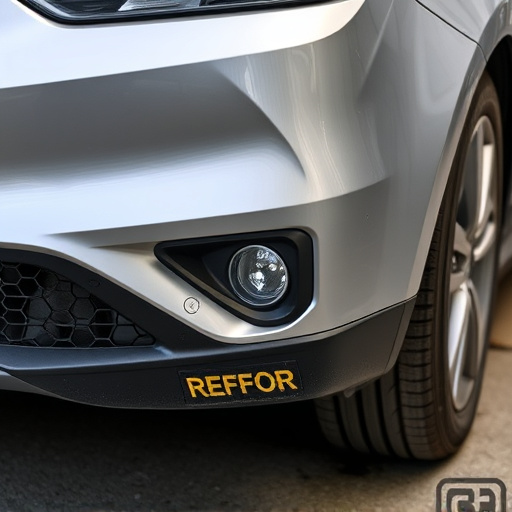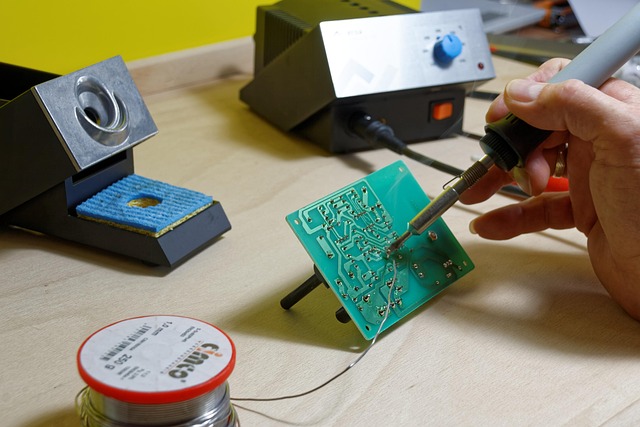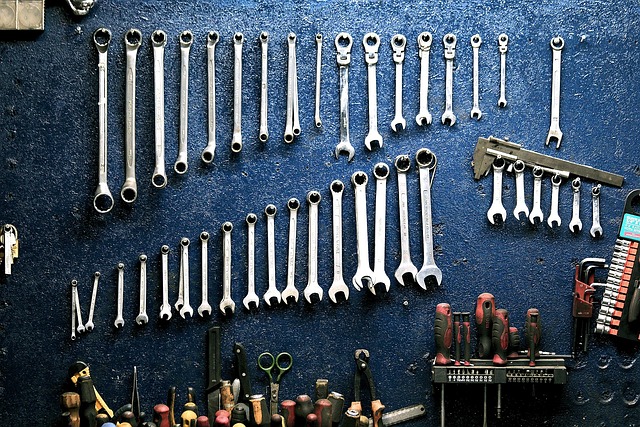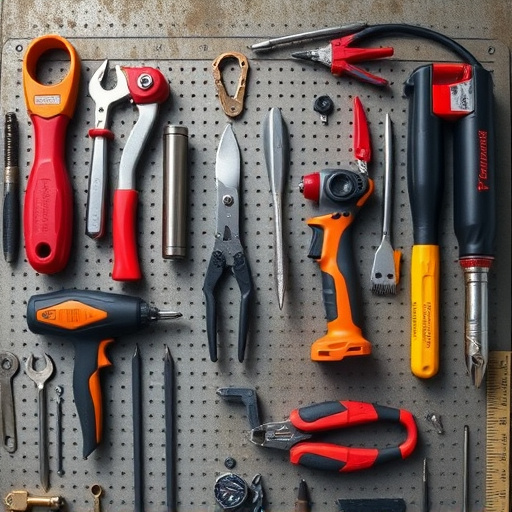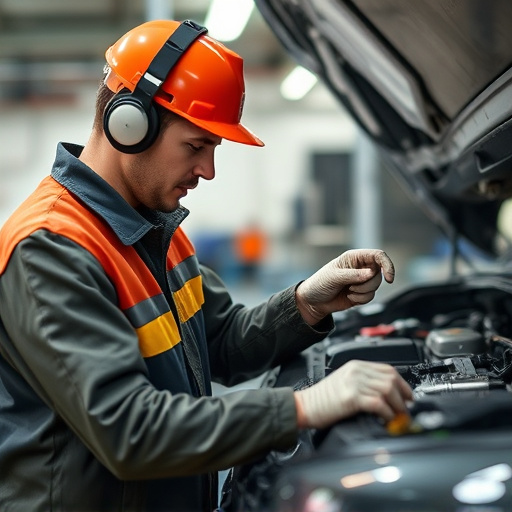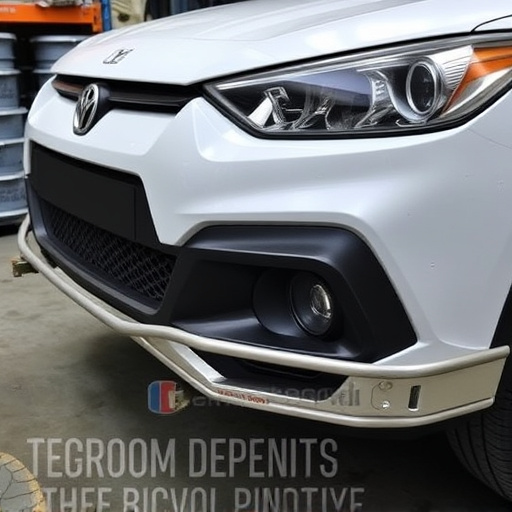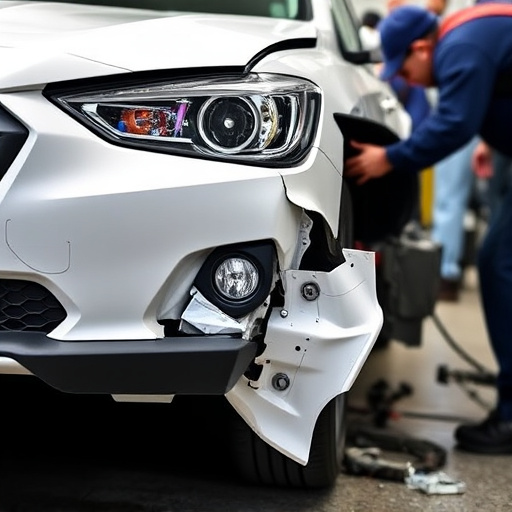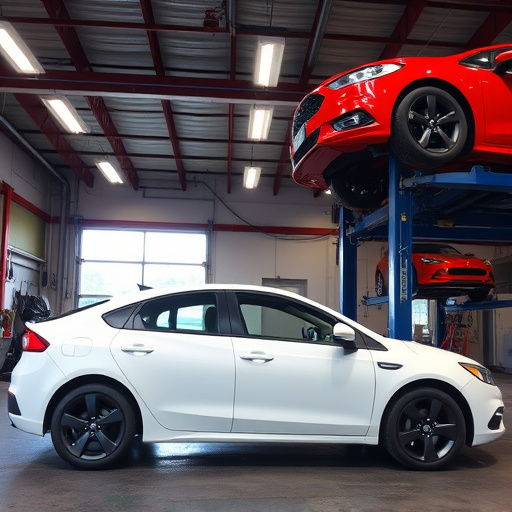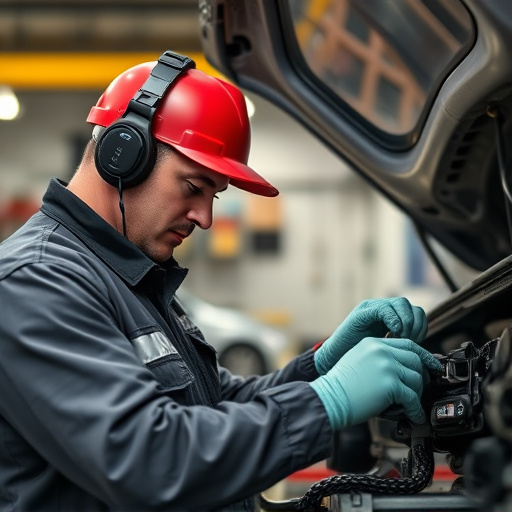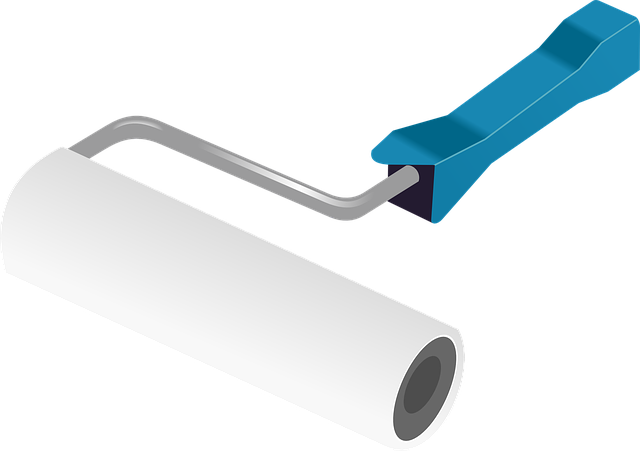A comprehensive vehicle delivery inspection ensures buyer satisfaction by meticulously evaluating exterior, interior, mechanical systems, safety features, and service history. Skilled inspectors look for subtle defects, document repairs, and assess functionality to provide accurate assessments. Consistent training, standardized protocols, and quality control measures enhance reliability, guaranteeing customers receive cars in their best post-repair condition.
A comprehensive and reliable vehicle delivery inspection is vital for ensuring customer satisfaction and minimizing post-delivery issues. This article delves into the essential components that make up an effective inspection process. We explore the importance of understanding key vehicle systems, implementing consistent assessment protocols, and upholding rigorous training and quality control measures. By following these best practices, delivery services can guarantee the accuracy and condition of every vehicle they handle.
- Understanding Key Components of Vehicle Inspection
- Implementing Consistent and Detailed Assessment Protocols
- Ensuring Accuracy Through Training and Quality Control Measures
Understanding Key Components of Vehicle Inspection

A comprehensive vehicle delivery inspection involves scrutinizing several critical components to ensure the car’s condition and quality meet expectations. Among these, the exterior and interior condition, mechanical systems, safety features, and historical service records stand out as foundational elements. Thoroughly evaluating each component requires a skilled inspector with a keen eye for detail. For instance, checking for signs of paintless dent repair can reveal past accidents or damages not immediately visible. Similarly, examining the autobody repairs ensures structural integrity and aligns with industry standards.
Furthermore, assessing the vehicle’s operational systems—including brakes, tires, lighting, and fluids—is paramount. All safety features like airbags, belts, and alarms must be tested for proper functioning. The interior should also be inspected for any signs of wear and tear or unusual damage. By addressing these key aspects, a reliable vehicle delivery inspection guarantees that buyers receive an accurate representation of the car’s overall condition.
Implementing Consistent and Detailed Assessment Protocols

A comprehensive and reliable vehicle delivery inspection relies heavily on consistent and detailed assessment protocols. These protocols should cover every aspect of the vehicle’s condition, from exterior and interior aesthetics to mechanical functionality. Inspectors must adhere to standardized procedures that ensure no detail is overlooked. This includes meticulously checking for dents, scratches, or cracks in the body panels, evaluating the state of auto glass repair, and assessing the overall paint job for any signs of poor workmanship or previous collision repair center visits.
Moreover, the assessment should delve into the vehicle’s mechanical systems, such as the engine, transmission, brakes, and tires. Any unusual noises, fluid leaks, or performance issues must be documented. Consistent protocols also encompass the inspection of safety features like airbags, seatbelts, and lighting systems. By maintaining detailed records and adhering to established guidelines, the delivery inspection process becomes more uniform and dependable, ensuring that buyers receive accurate and trustworthy assessments of the vehicle’s condition.
Ensuring Accuracy Through Training and Quality Control Measures

Ensuring accuracy during a vehicle delivery inspection is paramount to maintaining reliable standards. Proper training plays a pivotal role in this regard. Inspectors should be adept at identifying even the subtlest defects, from minor scuffs and car scratch repairs to more significant damage like those requiring collision repair center services. Comprehensive training equips them with the knowledge and skills necessary to conduct thorough checks, minimizing human error.
Quality control measures further bolster accuracy. Regular assessments and reviews of inspection procedures help identify potential gaps or inconsistencies. Implementing standardized protocols and utilizing advanced tools for detection can significantly enhance the overall reliability of vehicle delivery inspections. These practices not only ensure that every vehicle undergoes a meticulous examination but also guarantee customer satisfaction by delivering cars in their best post-repair condition.
A comprehensive and reliable vehicle delivery inspection relies on a deep understanding of key components, adherence to consistent assessment protocols, and rigorous training coupled with quality control measures. By focusing on these critical areas, inspectors can ensure that every aspect of a vehicle is meticulously evaluated, providing buyers with the confidence that they are receiving a high-quality, well-inspected vehicle. This meticulous approach to vehicle delivery inspection is essential for maintaining customer satisfaction and building trust in the automotive industry.

